DNA, Protein, and Existential Crises
I explained in an earlier post that your DNA is a manual for how to make you.
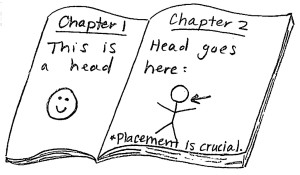
A fundamental principle about genetics is that you are born with your specific edition of the DNA manual, and you are stuck with it, whether you like it or not. The DNA book can’t be edited. The cells that are reading the book can’t revise and print a new edition. It’s a one way street. The information goes from DNA to protein. DNA doesn’t really care if protein has a better idea of how to do things.
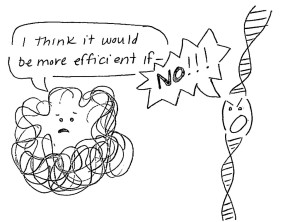
If you inherit a typo in your DNA manual, there it stays. (Although, the goal of “gene therapy” is to replace the pages with typos. But that will have to be another post, sorry.)
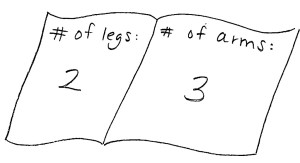
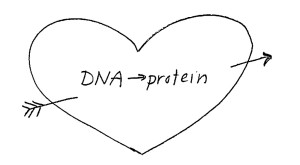

But as my high school biology teacher used to say, “always and never are never true in biology.”
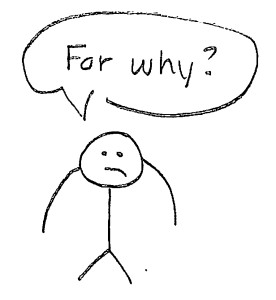
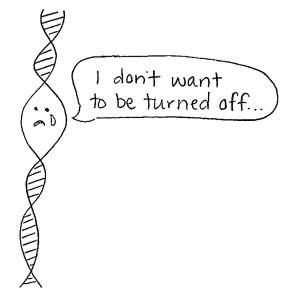
I didn’t realize how much comfort I found in the absolute rule that DNA-to-proteins provided me until I discovered this exception. I felt like someone took my blankie away. But I have learned my lesson: never get too attached to rules when it comes to biology. There’s always some cheeky exception. While I was a little shaken by the news, I was comforted by the simple fact that this is just really cool. There is a system built in that could in theory prepare a fetus for the world it will be entering. There are several assumptions at work in that statement, but the idea is tantalizing.
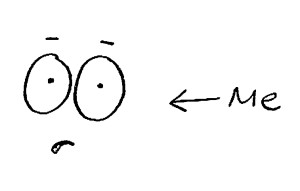
My god, we can ruin two generations at once?! We’re not supposed to be able to change anything about DNA, and you’re telling me I can alter my grandchildren? Zaaaa!!
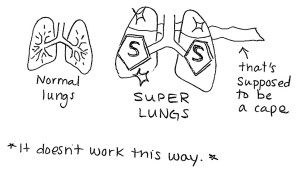

This is relatively new information, so the exact mechanism isn’t fully understood, nor is the full list of signals that can turn genes “on” or “off.”
While I gave two negative examples here, that doesn’t mean this only works to that effect. As we learn more, this phenomenon could explain how huge evolutionary steps could be taken in relatively few generations.
The fact is we often learn how things work by observing what happens when they don’t work. The road to understanding human biology is paved with disease, injuries, and genetic disorders. I mean, our understanding of neuroscience for the longest time was based on observations of people with head injuries. You take what you can get, and that often means learning about the bad stuff first.
Anyway, this discipline that studies how DNA can be turned “on” and “off” is called epigenetics. Isn’t it just awesome? I know, right? (That was for you, Sharin.)










